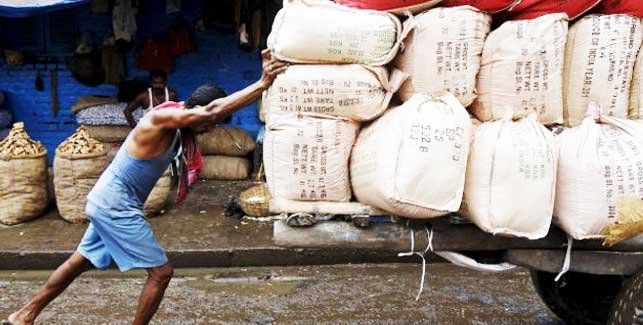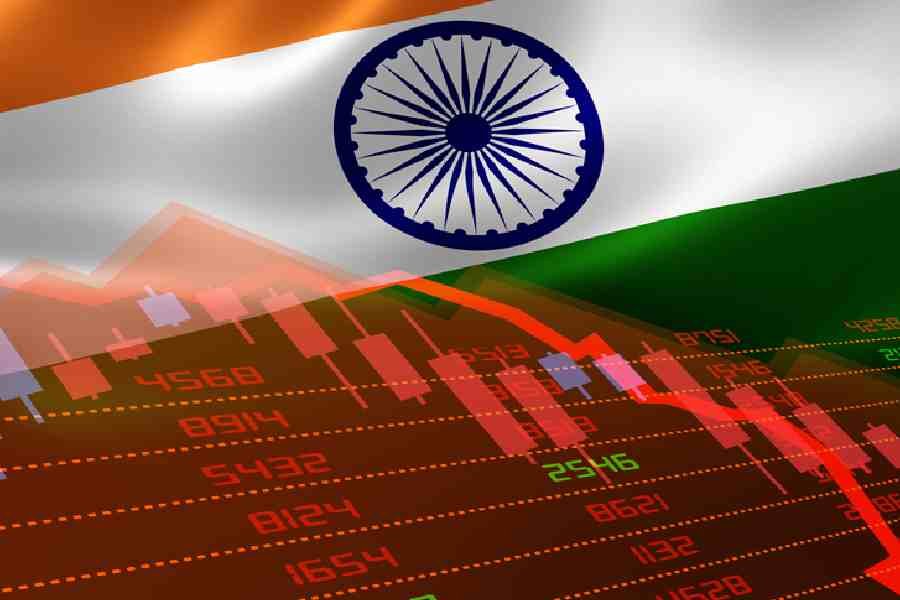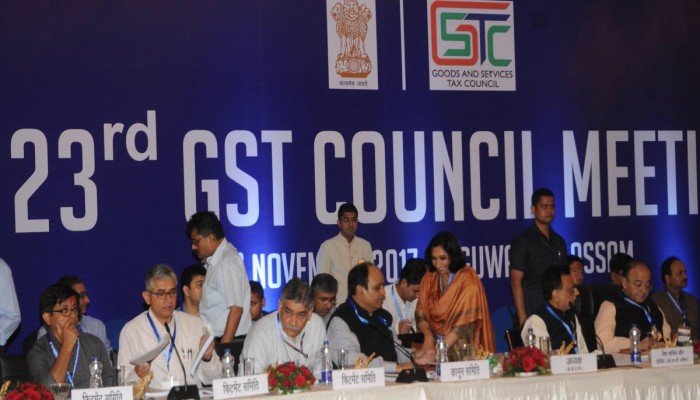
upak DeChowdhuri / Reuters
ADVERTISEMENT
By: Mukul G Asher – Professorial Fellow, Lee Kuan Yew School of Public Policy, National University of Singapore
India, a federal country with 29 states and seven union territories and a population of about 1.3 billion, has embarked on an ambitious reform of its domestic taxes on goods and services. This reform is appropriately called the GST (Goods and Services Tax).
It is dual sales tax, levied by the Union Government (CGST), the states and union territories (SGST), and on inter- state sales (IGST). There will be a single GST rate for all states (instead of each state currently defining its own sales tax rate and base). For inter-state transactions, IGST will be levied at the combined union and state GST rates, with revenue shared among the different parties. The current origin-based sales tax (i.e. where production takes place) is therefore set to be replaced by a more-common internationally adopted destination basis. This requires levying of GST on all international transactions in merchandise and services, with appropriate input credit mechanisms
Implementation of GST is likely to be used as an excuse to initially raise prices of basic commodities. State governments should undertake complementary steps and use their persuasive powers with traders…
India’s Customs and Excise Tax Department has been entrusted with the responsibility of administering the GST. Internationally, income tax agencies more commonly administer the GST (or the Value-Added Tax, VAT). Both the Income Tax and the Customs and Excise Tax Departments will need to liaise closely, including in the synchronization of their IT and hardware, for effective GST implementation.
The GST process
The 122nd amendment to India’s Constitution has been unanimously passed by both Houses of the Parliament, a rare occurrence for such a far reaching landmark tax reform. This amendment permits, for the first time since Independence in 1947, both the union government and the states to levy a sales tax on both goods and services, substantially widening the tax base, particularly those of the states. The amendment received President’s assent on 8 September, 2016.
The GST Council is to be formed shortly, and will comprise finance ministers of the union government and all the states. It will co-operatively decide on the GST rate structure and base, and on the transitioning provisions. It will also decide which of the current union and state taxes (such as excise and service tax of the Union government, and sales tax, entry tax and others of the state governments) will be subsumed under the GST. To pass a proposal, 75% of the votes will be needed. The union government has one-third of the vote, while the state governments combined have two-thirds of the votes. It will be a continuing body responsible for monitoring and refining the GST as the need arises.
In the winter session of Parliament beginning in November 2016, the GST Bill (extensive consultations are under way nationally to refine the existing draft) will be introduced. The nationwide implementation of GST is planned from 1 April, 2017, an ambitious but achievable target.
Each state should actively participate in the GST council to shape its recommendations, and remain updated (and contribute) on the broader national thinking on GST.
The union government has pledged that during the first five years of implementation, any shortfall in sales tax revenue will be compensated. This permits states to plan adjustment to GST, but complicates rate structure setting and generation of fiscal space for the union government.
Suggestion to states
The following five areas merit urgent consideration of policymakers for effective implementation of GST in the states.
- Establish a GST taskforce: The members of the GST taskforce should have representation from those with relevant expertise (such as chartered accountants, an information technology specialist, industry bodies, including Micro, Small and Medium Enterprises (MSME) representatives and a fiscal economist. The taskforce should focus on:
- Overseeing the compilation of a registry of all GST taxpayers, with a view to ensuring that as many as possible these taxpayers are filing their tax returns. This should be undertaken on the basis of empirically quantifiable numbers. The target proportion of potential GST taxpayers who actually file returns should be benchmarked; and so should the GST revenue collected as a proportion of the potential GST revenue base.
- Monitoring compliance costs of GST, particularly for the MSMEs. As these costs vary inversely with turnover, preserving MSME profitability and competitiveness requires specific attention to their GST compliance costs.
- Ensuring that the GST input tax credit and refund processes function as intended.
- A systematic process of dialogue with the stakeholders for smoothening GST implementation.
- Prepare regional language GST literature: Prepare accurate and practically useful translations of laws, regulations, GST Council decisions, etc. in regional languages. This is essential as GST is to be uniform across all states, but language proficiencies in English and Hindi (most commonly used languages in the GST literature) vary greatly across states. Therefore, a strategy for effective communication with all stakeholders concerning the GST is essential for uniformity in sales tax, and for realization of common internal markets.
- Complementary measures: Implementation of GST is likely to be used as an excuse to initially raise prices of basic commodities. State governments should undertake complementary steps (such as ensuring sufficient supply of basic goods and services, particularly food items and medicines), and use their persuasive powers with traders to cooperate for a smooth GST implementation.
- Participate in GST council: Each state should actively participate in the GST council to shape its recommendations, and remain updated (and contribute) on the broader national thinking on GST.
- Use GSTN infrastructure and expertise: The GSTN (The Goods and Services Network), set up in March 2013, is a joint-venture between union and state governments, and public and private sector financial institutions. It functions as a common pass-through portal for GST taxpayers. It can potentially provide policy relevant avenues for data mining and analytics. States could consider obtaining additional services from the GSTN to facilitate the realization of GST revenue potential.
The GST reform is an ambitious and complex initiative. India’s past record of such, e.g. insurance and pension sector reforms, suggests that optimism about its likelihood of success is justified.
Couple Celebrates First Anniversary With Indian-Style Wedding In Front Of Taj Mahal









